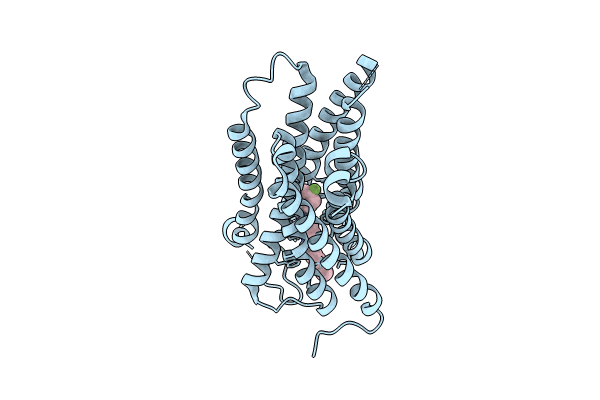
Deposition Date
2023-11-20
Release Date
2024-01-17
Last Version Date
2025-07-02
Entry Detail
PDB ID:
8X5Y
Keywords:
Title:
CryoEM structure of the histamine H1 receptor-BRIL/Anti BRIL Fab complex with astemizole
Biological Source:
Source Organism:
Homo sapiens (Taxon ID: 9606)
Escherichia coli (Taxon ID: 562)
Escherichia coli (Taxon ID: 562)
Host Organism:
Method Details:
Experimental Method:
Resolution:
3.00 Å
Aggregation State:
PARTICLE
Reconstruction Method:
SINGLE PARTICLE


